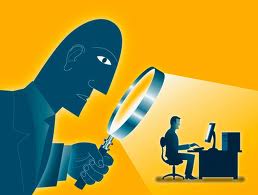Emails are the most common way of today professional communication. The average office worker receives around 80 emails each day.
To write effective emails, first ask yourself if you should be using email at all. Sometimes, it might be better to pick up the phone. Make your emails concise and to the point. Only send them to the people who really need to see them, and be clear about what you would like the recipient to do next.
In this article you will find 6 operative and essential tips in order to write effective emails:
- Don’t overcommunicate: before you begin writing an email, ask yourself: “Is this really necessary?”;
- Make good use of the subject line: it should grab the reader attention and summarize the email content;
- Keep message clear and brief: keep your sentences short and to the point. The body of the email should be direct and informative, and it should contain all pertinent information;
- Be polite: the messages you send are a reflection of your own professionalism so be always polite;
- Check the tone: Think about how your email “feels” emotionally. If your intentions or emotions could be misunderstood, find a less ambiguous way to phrase your words;
- Proofreading: before you sending, take a moment to review your email for spelling, grammar, and punctuation mistakes.






Recent Comments